Iceland, a land of stark contrasts and raw natural beauty, offers some of the most unique camping experiences in the world. With the allure of the midnight sun, breathtaking landscapes, and a sense of adventure, camping in Iceland during the summer months is an unforgettable experience. In this guide, we’ll explore essential tips and advice for making the most of your Icelandic camping trip.

Best season for camping under the midnight sun
Summer, particularly July, is the prime time for camping in Iceland. The weather is milder, roads are more accessible, and the days are long—thanks to the midnight sun, you’ll have nearly 24 hours of daylight to explore. This is the perfect season to immerse yourself in nature without the harshness of Icelandic winters.

The Do’s and Don’ts of Camping in Icelandic Nature
When camping in Iceland, respect for the environment is paramount. Always follow Leave No Trace principles and utilize designated camping areas to minimize your impact. Wild camping is heavily regulated, so it’s crucial to be informed of the local laws and restrictions.
Do:
- Use established campsites with facilities.
- Keep a safe distance from wildlife.
- Store food securely.
Don’t:
- Camp on private land without permission.
- Leave trash or human waste behind.
- Damage the natural flora or disturb geological formations.
The fact that Iceland is not a Caribbean country does not mean we are permanently under freezing temperatures. Iceland is under the influence of the Gulf stream that brings warm waters close by. This means the temperatures in the south coast of Iceland are not as cold as it should be due to its northern location. So believe it or not, we do have a summertime, relatively mild and warm temperatures during the season. These circumstances should be taken into account when camping in Iceland in July so all the equipment fits the conditions.
Discovering Iceland’s premier campsites for summer
Skógar Campground
This campsite is notably located near the famous Skógafoss waterfall, one of Iceland’s most iconic natural attractions.
The proximity to Skógafoss offers campers a unique opportunity to enjoy the stunning views and sounds of the waterfall, which is particularly impressive after a rain when rainbows often form.

The campground likely provides basic amenities and is an excellent choice for nature lovers and photographers.
Skógar Campground is ideal for those who want to experience one of Iceland’s most famous waterfalls up close and enjoy the natural beauty surrounding it.
Skaftafell National Park Campsite
Situated in the larger Vatnajökull National Park, this campsite is ideal for hikers and nature enthusiasts. It serves as a perfect base for exploring the surrounding landscapes, including the Vatnajökull glacier, which is Europe’s largest glacier.
The area is known for its remarkable scenery, encompassing glacier views, rugged terrain, and diverse wildlife.

The campsite in Skaftafell is likely equipped with facilities to cater to hikers and adventurers, possibly including areas for tent camping, camper van parking, and basic services.
Skaftafell National Park Campsite appeals to those interested in more adventurous activities like glacier hiking, exploring ice caves, and trekking through diverse landscapes.
These campsites, with their distinct locations and offerings, highlight the diversity of camping experiences available in Iceland, especially during the summer months when the weather is more favorable, and the natural beauty is at its peak.
Packing smart for Icelandic weather conditions
The key to enjoying Icelandic camping is preparation, especially for the weather, which can be unpredictable. Your packing list should include:
- Waterproof and windproof clothing.
- Warm layers for chilly nights.
- A sturdy tent with a weather-resistant fly.
Clothing
Even though it is summer, forget about shorts and crop tops. Wind and rain will still be your companion during your camping in Iceland in July. Bring a good waterproof jacket and windbreakers. And scarf or neck warmer is also a good idea to protect your face from the chill wind.
To keep the humidity of the floor or ground away from your sleeping area, bring a floor mat as a barrier.
Tent
In July the average temperatures are 9°C to 14°C and sometimes it can even reach 20°C. Even though these temperatures are quite nice and mild, wind is a constant in Iceland. Keep this in mind when camping in Iceland in July.

Tents come adapted for different ranges of temperature and some others are for all seasons. If you would like to have a specific one, you would need a tent for the warm season. (15° to 30°C). When the degree bar rise, remember to have good ventilation so the humidity does not soak the interior of your tent.
As we mentioned before, even during the summertime Iceland is quite humid, rainy and windy. Make sure your tent is well secured to the ground, that ventilation can be closed if needed when the wind roars.
Supplies
This tip does not rely on the time of the year you are coming to Iceland. When camping, it is always recommended to know where to get your snacks, food or refreshments.
Some areas and campsites are in remote areas. Some offer a tiny range of grocery products but many others do not. Prices might also skyrocket if you get those snacks there. We then recommend you to get your supplies at supermarkets like Bónus initially in Reykjavik. Then, mark those supermarkets along your route so you can save time and also money!
Budget-friendly camping tips for exploring Iceland
To keep costs down, consider the following:
- Rent a campervan to combine transport and accommodation costs.
- Share expenses with fellow travelers.
- Use the Iceland Camping Card for discounts at participating campsites.
Staying safe while enjoying Iceland’s outdoors
Safety should be your top priority. Always inform someone of your travel plans, stay on marked trails, and be prepared for sudden weather changes. In case of emergencies, Iceland has an efficient search and rescue service.
Frequently asked questions about camping in Iceland in July
Is it a good idea to camp in Iceland?
Absolutely! Iceland’s summer, especially in July, presents an excellent opportunity for camping. The weather is relatively warm, and the extended daylight hours allow for more exploration and activities. Camping in Iceland lets you connect closely with nature, from witnessing the midnight sun to enjoying the scenic landscapes.
Are campgrounds in Iceland open year round?
Most campgrounds in Iceland are open during the summer months, with some available year-round. However, facilities and accessibility can vary outside the peak season. Always check the availability and services of campgrounds before your trip.
Can you camp in Iceland in August?
Camping in Iceland is also feasible in August, offering similar conditions to July. However, prepare for slightly shorter days and a gradual drop in temperature as the month progresses.
Can you free camp in Iceland?
Free camping in Iceland is largely restricted. Since 2015, regulations require campers to use designated campsites, especially when using campervans or larger tents. Always respect private property and seek permission if necessary.
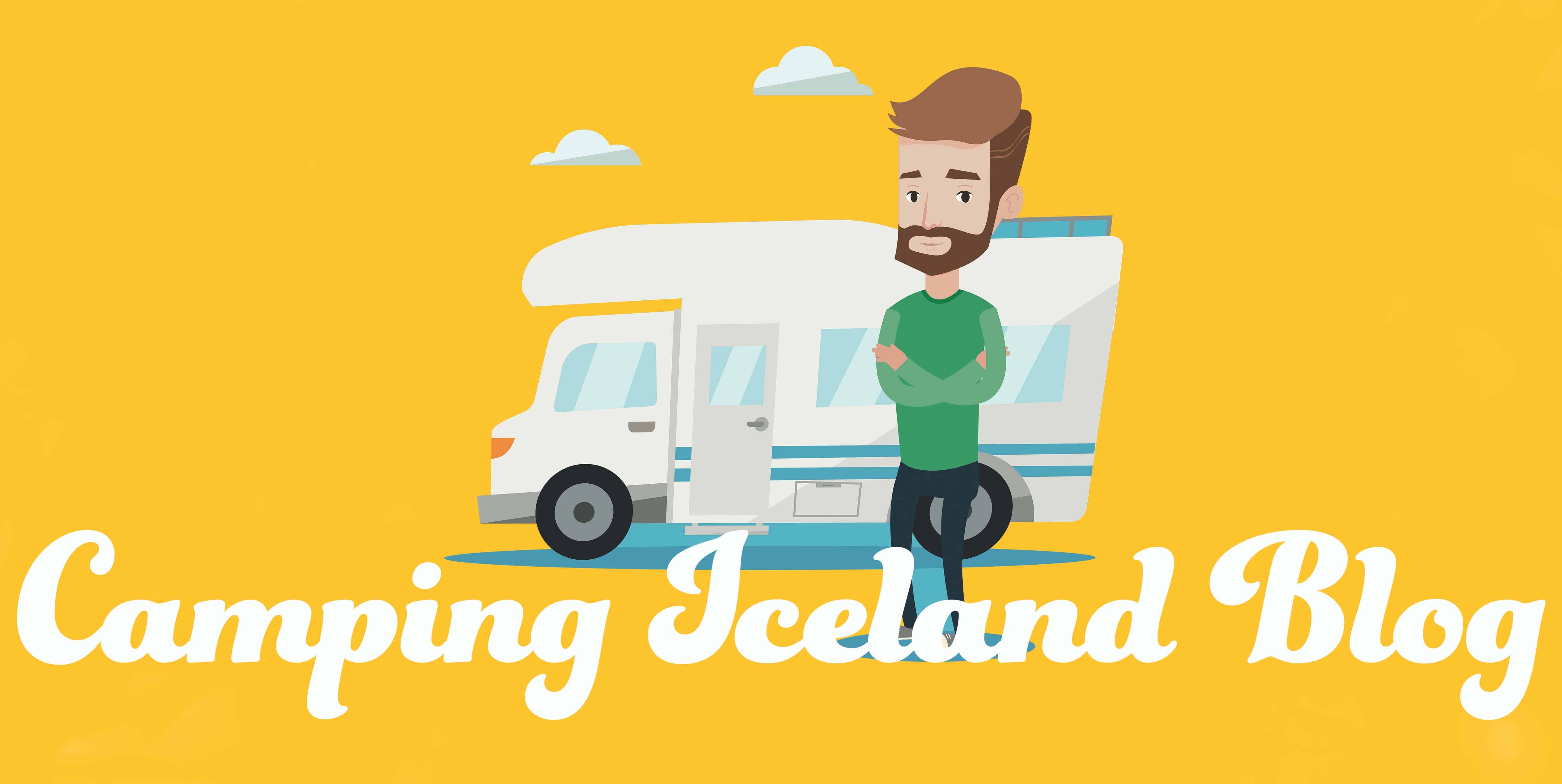
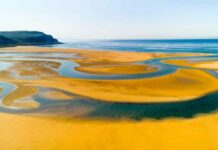
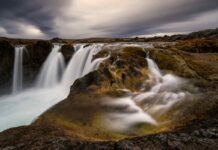
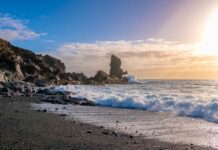
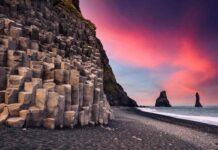
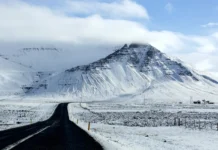
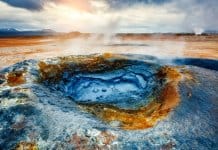
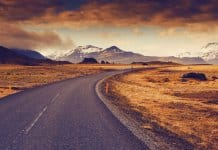
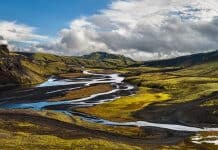
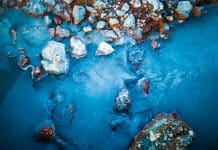
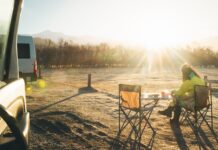
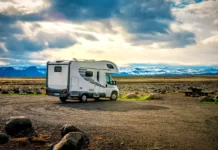
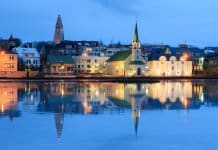
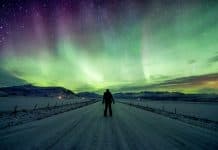



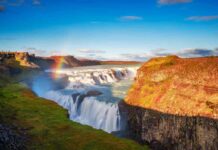
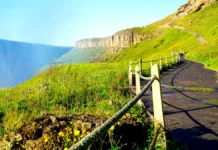
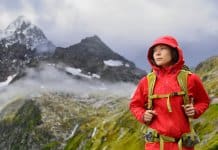



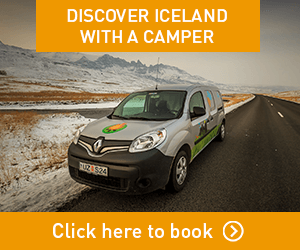









How do you make a reservation at a campsite? Email? Is a reservation needed with a tent, or more needed with a camper van?
Hi Claire!
Thank you for visiting our blog : )
Not every campsite requires a reservation, so I recommend you to check the website of the one you are interested in to find out if booking is needed or not. Those that do require reservations usually let you book through e-mail, through their own website or calling their customer service.
This applies to both tent camping and campervan camping.
Regards,